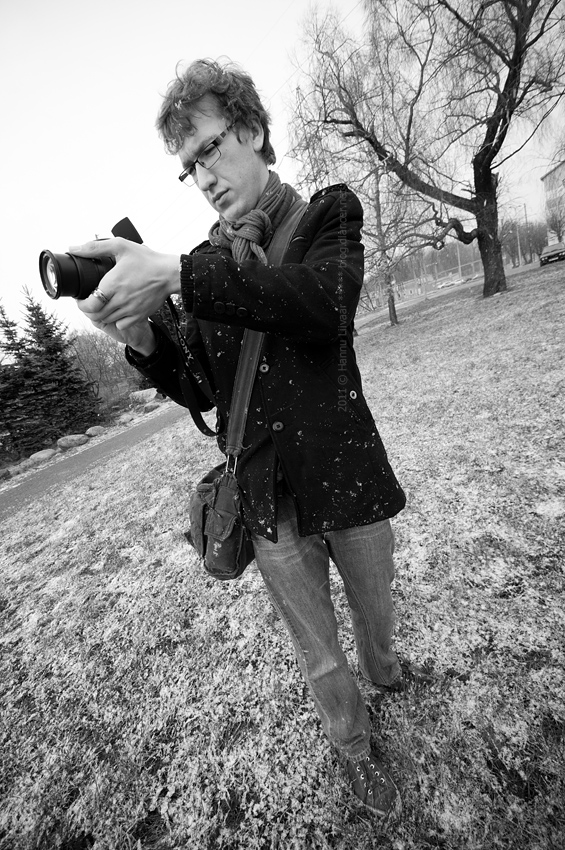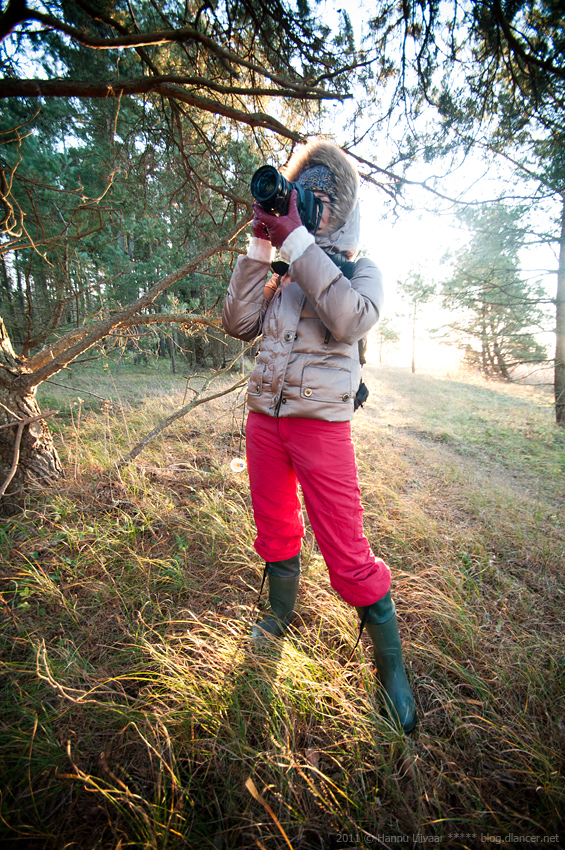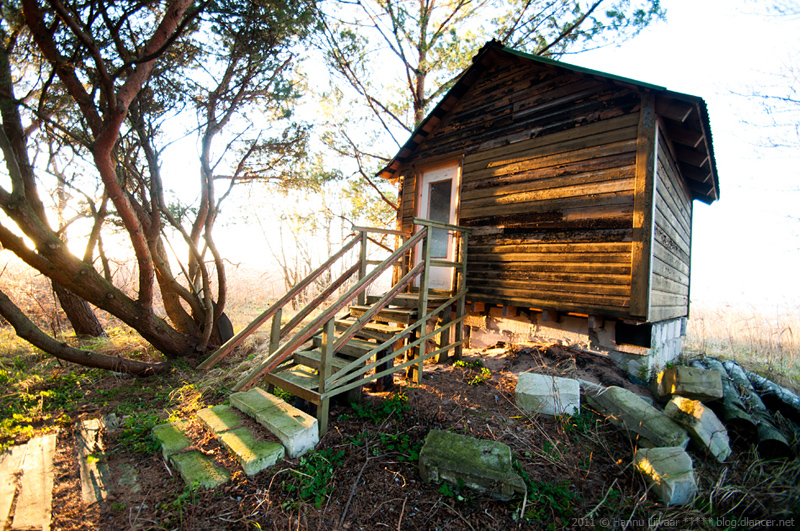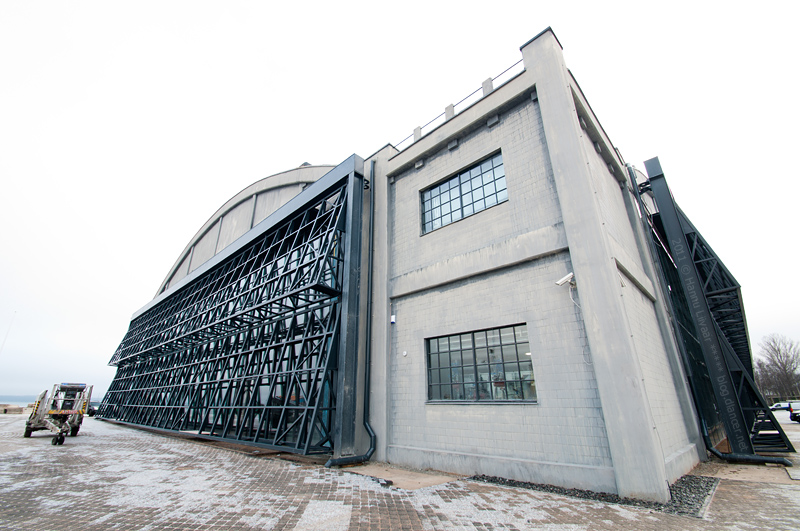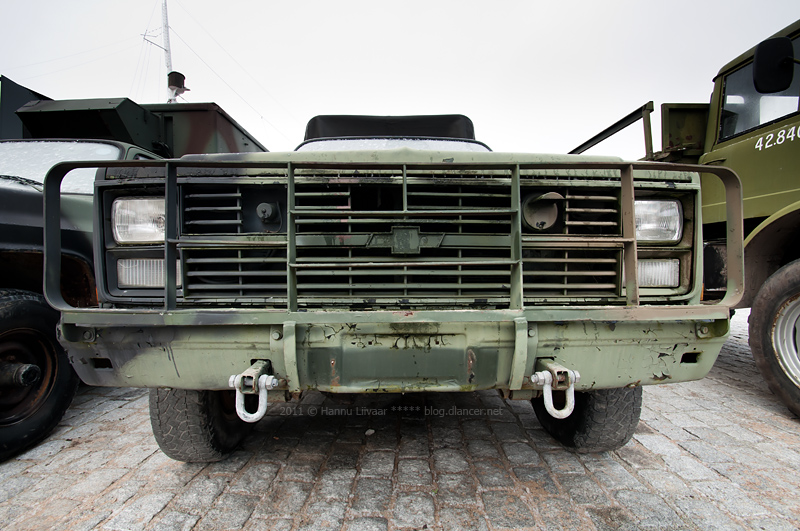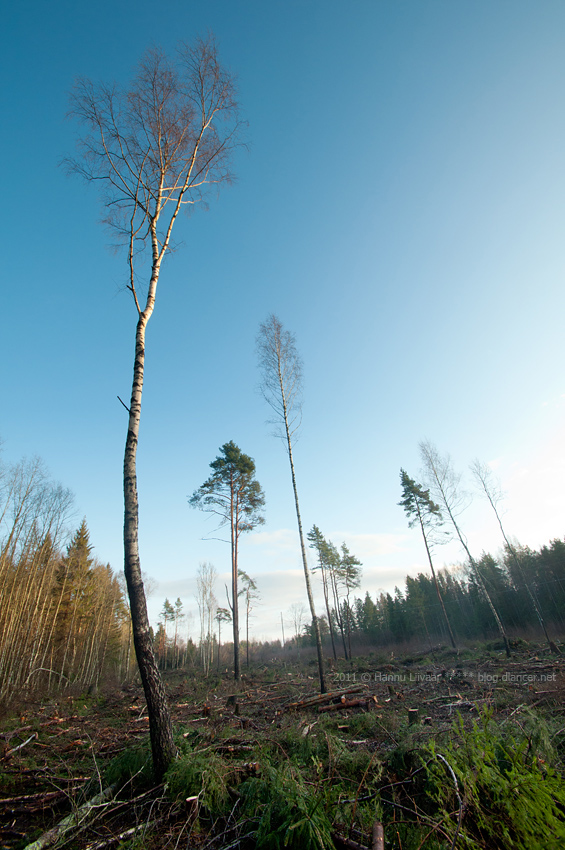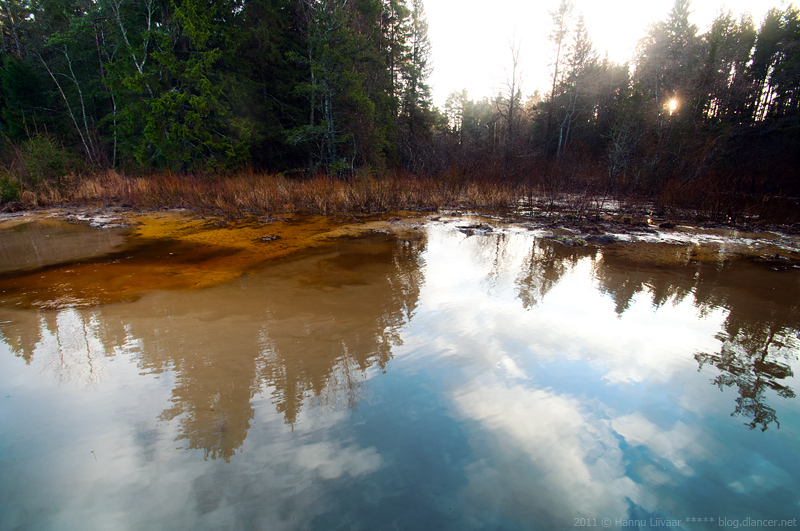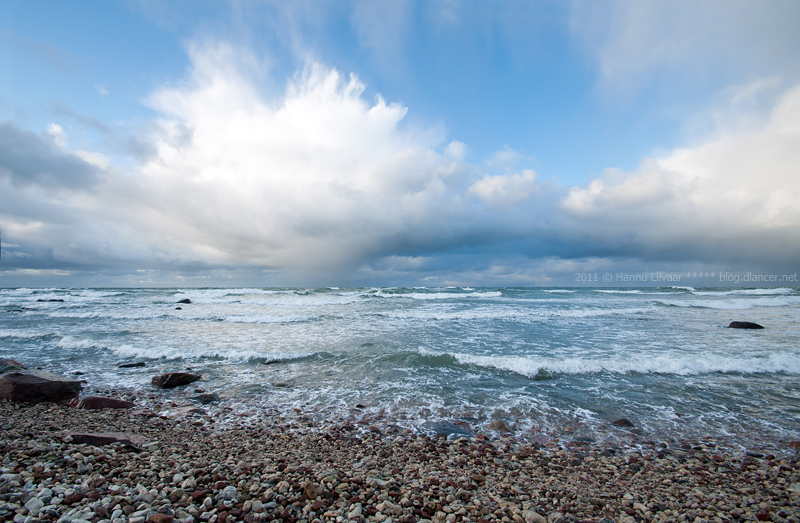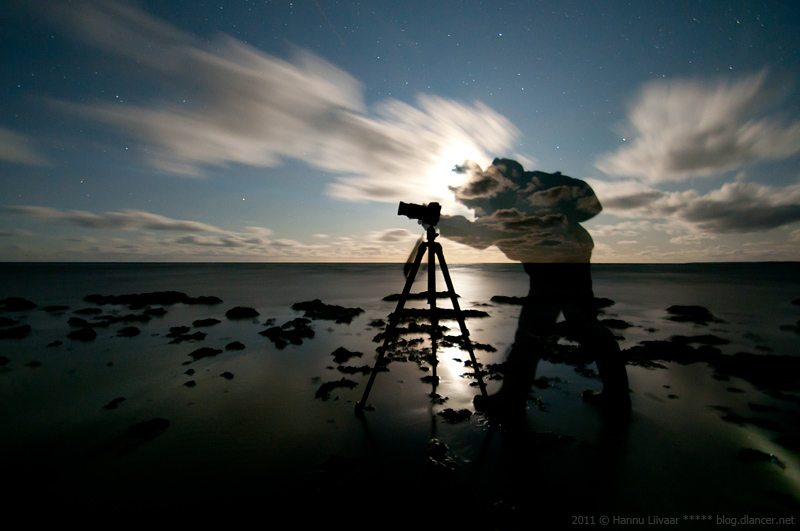
Lens: Tamron 10-24mm Di II F/3.5-4.5 @ 10mm, F/3.5, 30.00, ISO800
First of all, many thanks to Nordic Digital for providing the lens to find out how it performs.
Previous 8 photos posted here using separate posts are all taken with this lens.
Official web site of Tamron 10-24mm F/3.5-4.5
What could be the reasons to have this Tamron lens? I know at least 3: It is really wide, 10mm. It is a lightweight lens, not a 3kg training module. Finally, if won't cost you an arm and the leg, to get it. So is it all worth it? Let's see.
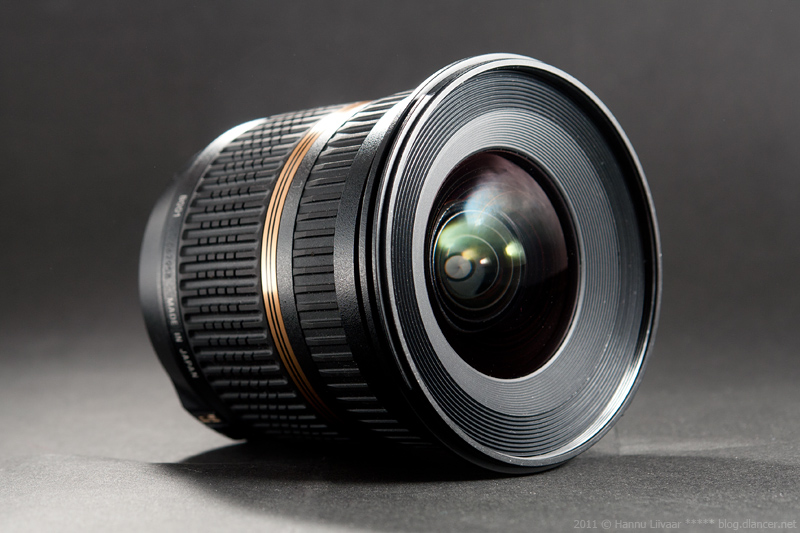
OOTB, Build Quality.
This is a DX lens, so for small sensor cameras. Nikon D90 Crop factor is 1,5, so the lens acts as a 15-36mm equivalent. The body is all plastic - not bad at all; however I'd wish the lens to be heavier - why not even larger. So the build quality is a mixed bag - it should last a couple of years of heavy use, or a couple of hundred of years with little or no use. As always, front & rear caps are included, as well as the lens hood. The filter thread is 77mm - be sure you use special thin filters or the edges are visible - the view angle is just so wide at 10mm.
This is a regular wide angle lens, not a fisheye. Fisheye generally means the center area of the lens are "stretched out" so it magnifies the area at the center more than the corners. A fisheye lens can be narrower than a true wide angle lens despite the effect of "very wide" with fish eye lens. The best wide angle lens are fixed focus lens, as opposed to zoom ones. This Tamron is essentially a zoom lens, so with loads of potential to pay interest to picture quality with having the advantage of using zoom.
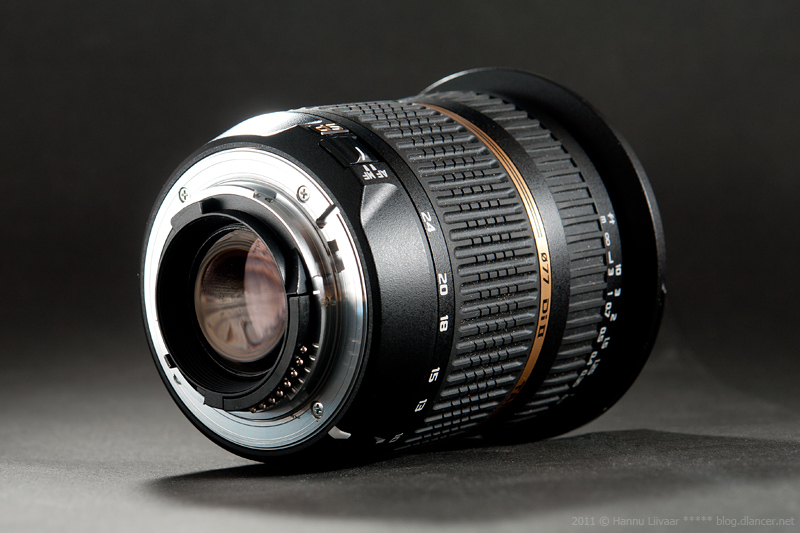
Focus, Auto Focus.
Unlike the extreme long focal length Tamron 180mm Macro F/3.5 I was able to use recently, the 10-24mm is another universe. If you stop down the lens and forget about the focus, majority of the images are in focus anyway. It is just so darn wide. The lens is however able to focus as close as 35cm. This separates the subject from the background nicely enough. Nothing to analyze about the bokeh, the only scenario we can talk about it at all, is the closest focus at wide open through the zoom range, and in this case the bokeh was OK, however the scenario described was actual at less than 1% of the time.
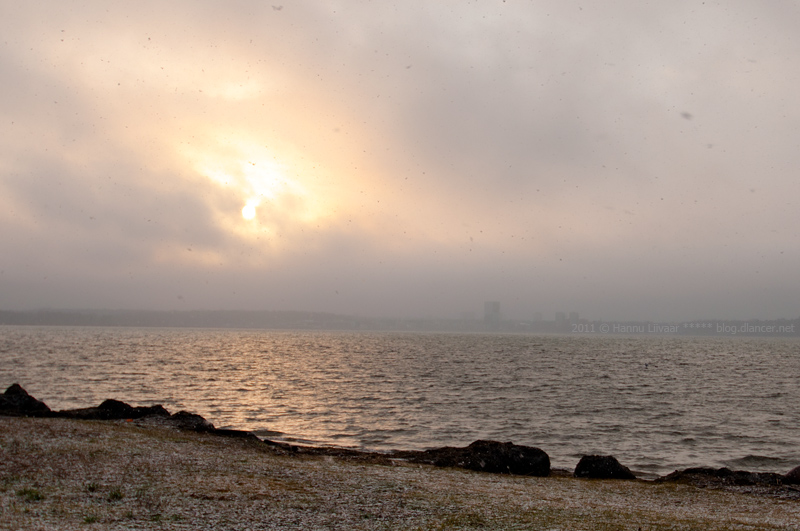
The Good and the Bad.
Let's start with the bad. First of all the CA (Chromatic Aberration) of the lens is extremely bad. Majority of the situations you have a high contrast area, the heavy CA is there. It is better at the center, but the corners remain horrible even when stopped down to F/8. Several times I found myself using black and white editions of the pictures just because of I was tired of fighting with the CA-monster.
The sharpness of the lens could also be better. As we know Tamron IS able to make sharp lens, so I hope to see them to improve the sharpness of this lens as well. With that said, the contrast of the glass also was not exactly what I was expecting.
Another issue (could be a specific regarding to what kind of body was used) was that the camera (Nikon D90) was not able to meter the optimal exposure. The wider the viewing angle, the less the chance to get properly exposed images. So I ended up with using the manual mode at 90% of the time - (M is actually my favorite mode).
Now the good. As expected, the viewing angle is very wide. For me it is a single reason to buy this lens - a true 15mm wide angle (10mm x1,5). The sweetest spot seems to be classical F/7.1 & F/8. This is where your images are relatively sharp, relatively contrasty and in the center there's almost zero CA visible. The (light) weight of the lens is also a + if you are heavily loaded with equipment.
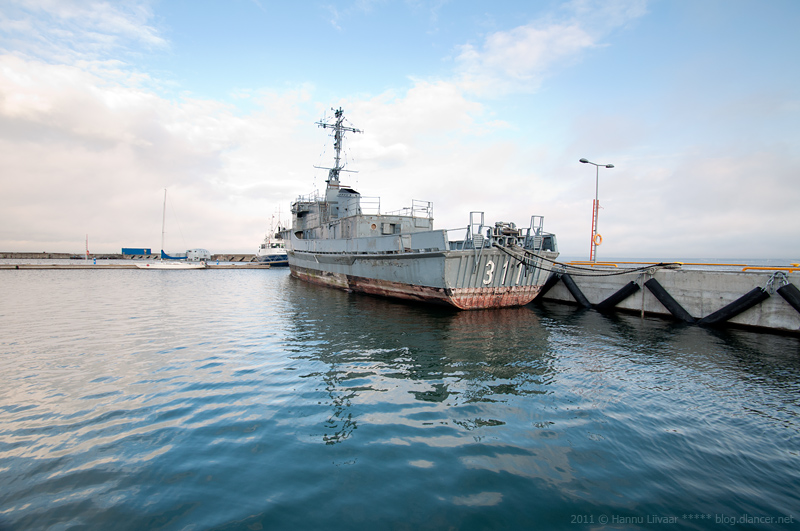
Final word.
Considering the price tag (New around €450 in EU, $450 in US) the package is not bad. It is a consumer oriented lens not offering the best picture quality, but offering a very wide angle to take pictures at (16mm for Canon DX-s, 15mm for Nikons, Sony's and Pentax'es). For the first wide angle lens it could be a nice choice. You could also might want to consider Sigma's 10-20mm DX lens instead.
So if you do not mind the issues listed above, go try it and buy it - it is lovely to use at its sweet spot at 10mm.
